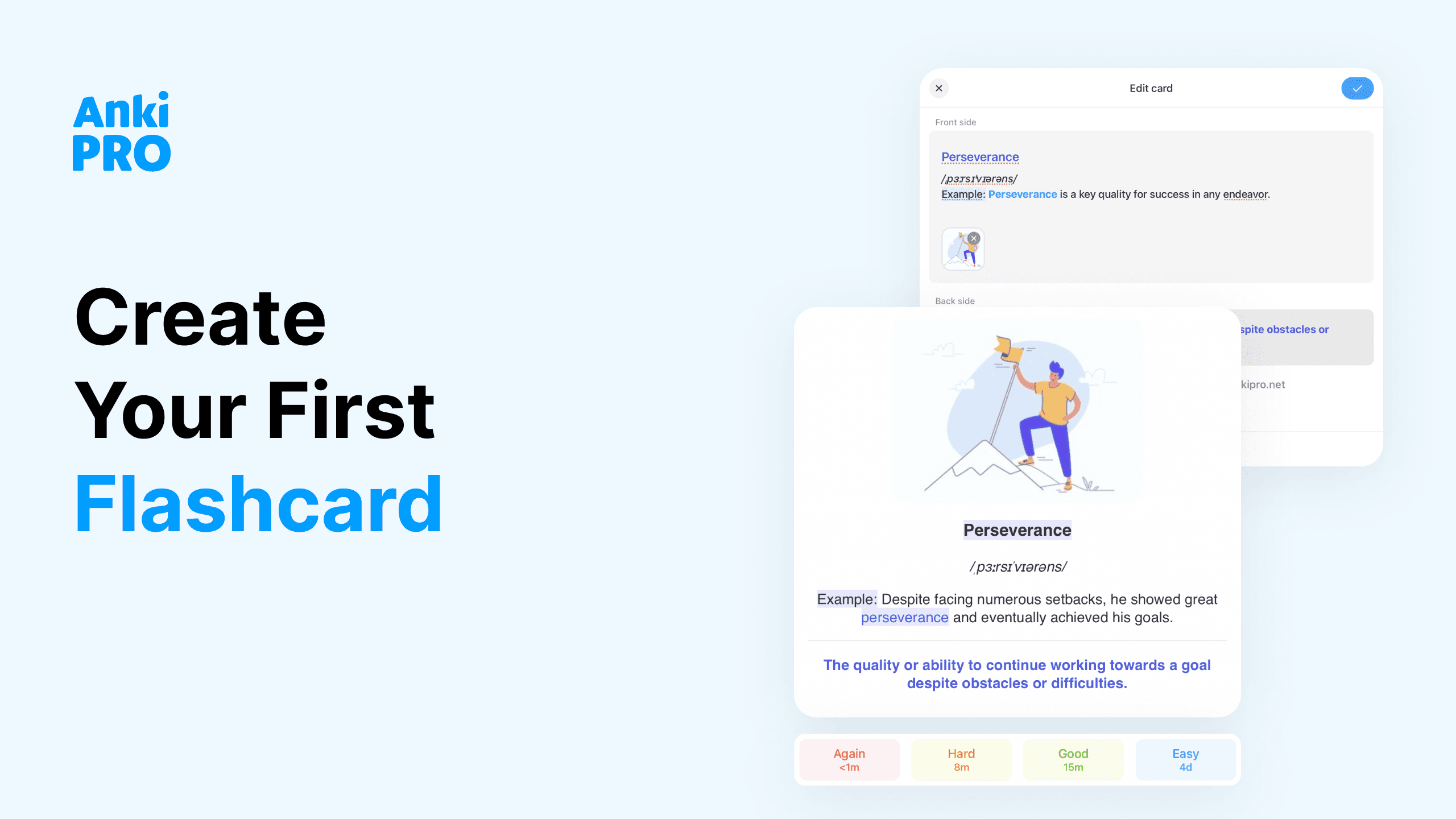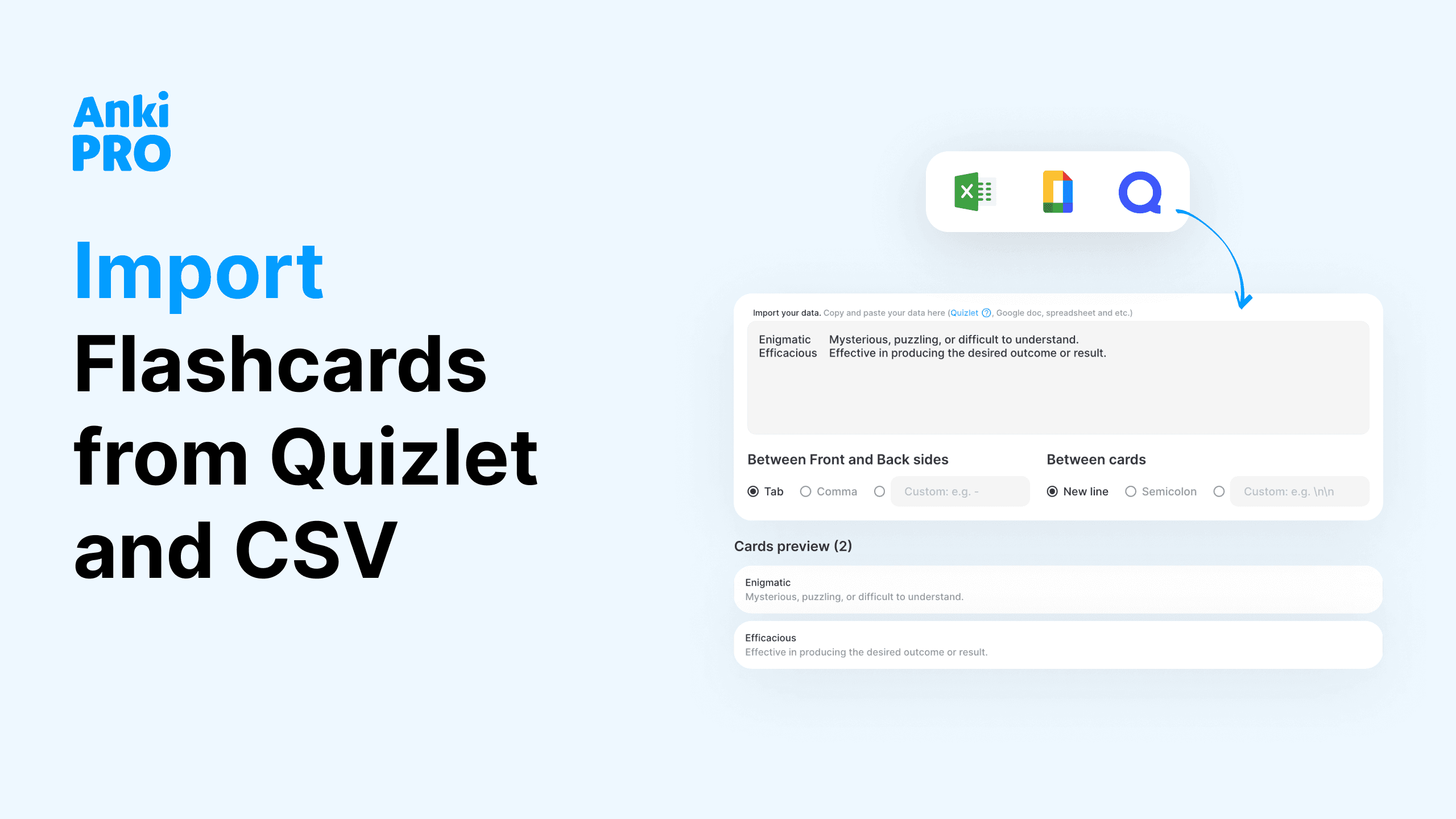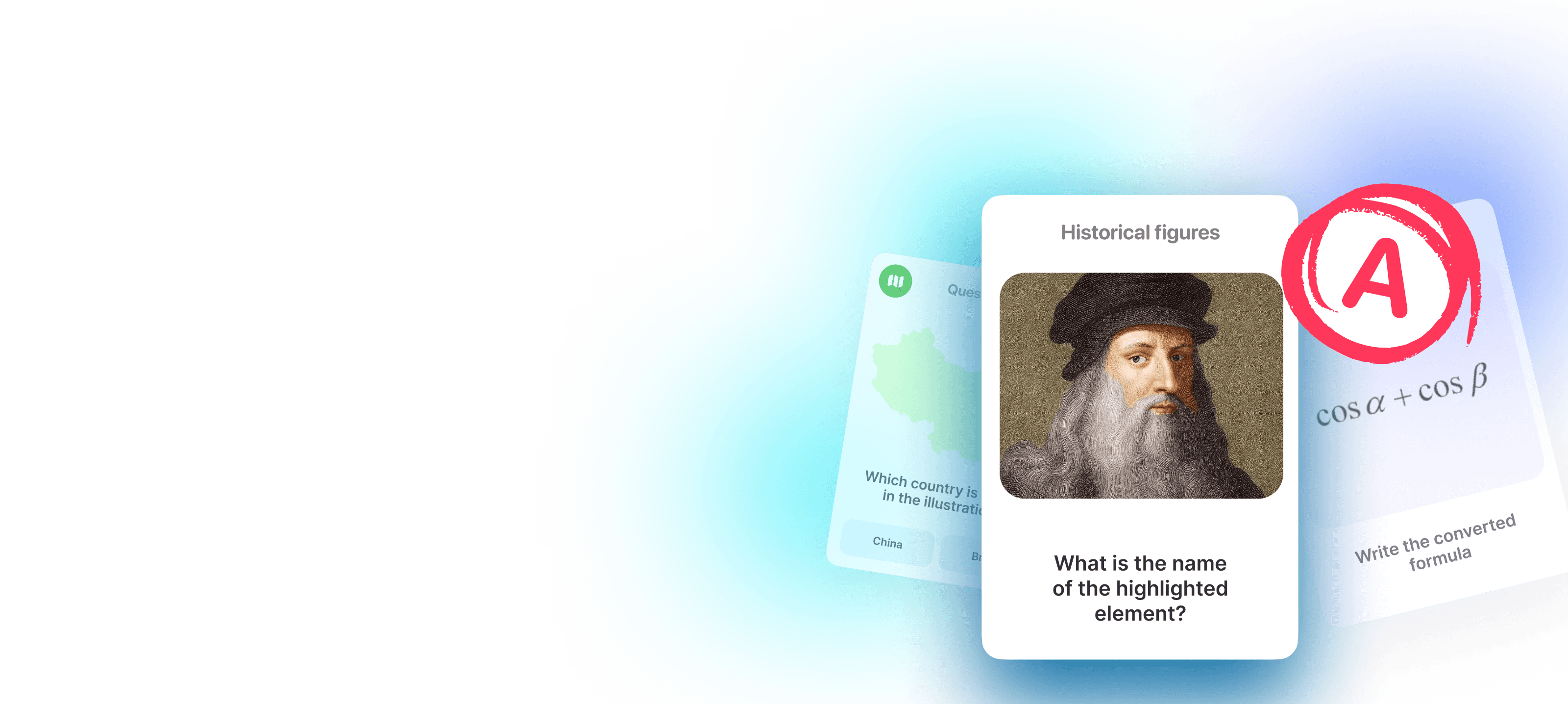Easy, Effectively, and for Good: How to Study with Flashcards
If you have never studied with flashcards you may think it is something boring and not effective. But stay here, we will prove to you why study flashcards are useful and how to make studying with them interesting and effective at the same time.
Where Do Flashcards Come From?
Flashcards are getting increasingly popular among learners everywhere, but they still need to be more well-known. It is not a new concept: the first time it was mentioned in the 19th century by the object teaching movement, which emphasized hands-on learning and direct instruction. Also, study flashcards were used by students and children from families who could not afford to buy books (incredibly expensive back then!)
More modern forms of study flashcards became more popular thanks to Favell Lee Mortimer, an English author and educator. In 1834, Mortimer published “Reading Disentangled,” a collection of educational cards designed to help children learn to read through a question-and-answer format. This book was considered one of the earliest examples of educational cards used in classrooms.
The next element of the flashcard method came from Hermann Ebbinghaus, who developed theories on how people retain information. Ebbinghaus’s research on the “forgetting curve” and “spaced repetition” reinforced the effectiveness of tools like flashcards, where learners review information repeatedly over time to strengthen memory retention.

And now use combinations of these ideas: flashcards are cheap, affordable, effective, and easy to use method to memorize everything. Now flashcards are even more comfortable: you can use study flashcards online via different applications such as Anki Pro and some others.
Studies prove the effectiveness of flashcards! Researchers have discovered that students who used flashcards as a study method achieved better test results compared to those who didn’t. In one study involving 470 students in an introductory psychology college course, over 70% of the class used study flashcards, and their exam scores were significantly higher than those who did not use them.
Moreover, because flashcards study makes repetition easy, they are one of the most effective tools for creating multiple memory-boosting recall events. Research shows that this type of active recall practice can improve retention by 150% compared to passive study methods.
What Can You Study with Flashcards?
Almost everything depends on how you organize your study process and phrase flashcards. The best way to use study flashcards is for essential and short information, such as words, concepts, dates, formulas, etc.
- Languages: vocabulary, grammatical structures, idioms
- Mathematics and physics: laws, rules, formulas
- History: dates, periods, names of rulers, places of events
- Arts: Names of artists and their works, periods and styles
- Geography: locations, flags
- Biology: organs, cells, types of animals
You can also create your own decks for every occasion you want to (even to question your friends with the chronology of your life)! To be serious, there is an option to create decks for any exam you need to pass and almost any new skill you need to learn.

Step 1 Choose a Study Flashcard App
There are not too many flashcards study apps on the market. So it will not be too hard to choose
Anki Pro — as it is an Anki Pro blog, we believe that it is the best solution. A lot of unique but important features belong only to Anki Pro: the best-spaced repetition algorithm, offline mode, nice visuals, and the opportunity to add different types of cards. It is free for studying up to 50 cards per day.
Anki — a senior app from 2006, still has almost the same design but can be useful for those who need open-source solutions (maybe, for hard-core science and medical students). Does not have a free version.
Quizlet — besides flashcards has a lot of games and multimedia features, so it may be more suitable for children. Also, it doesn’t have a good spaced repetition algorithm which is crucial for effective memorization.

Step 2 Make Your First Deck
Here we will talk more Anki Pro features, but general principles are more or less the same for any app. You can make a deck right on the application or upload it as doc, spreadsheet or other formats. Making your own deck is the best way to study flashcards.
Some pieces of advice on how to make better study flashcards online:
- Keep it simple.
Don’t overload each flashcard with too much information. Each card should focus on a single idea or fact to keep it simple and effective.
- One card — one idea.
Avoid adding unnecessary details or long explanations. Better make a separate card for this information.
- Use visuals.
Incorporate drawings, diagrams, or images to aid understanding, especially for subjects like anatomy, geography, or art. If you’re learning about the parts of a cell, include a small diagram with labels on one side and explanations on the other.
- Create sub-decks if needed.
Create subdecks to organize your study materials into smaller sections within a larger deck (topic). They allow you to break down a subject into more manageable parts, whether you choose to study them individually or all together.
Can I work with a pre-made deck, you may ask? Of course, if you find one you like and find suitable. How to study flashcards is a question that can be answered in different ways. But be careful with the facts you learn, decks are made by people and people make mistakes.

Step 3 Study, Study, Study
Studying with flashcards seems simple and it is, but there are several rules on how to study flashcards to make it more effective.
- Study regularly
Thar is the main one and without it, there will be no sense in studying.
Come back to your study flashcards daily, not just before a test. This reinforces the information over time.
- Study in short sessions
The best way to study flashcards is to study in short bursts (e.g., 15-20 minutes), then take a break. This helps maintain focus and prevents burnout.
- Use spaced repetition
Study the cards you find difficult more frequently and review the ones you know well less often. If you use Anki Pro, it has a great automatic spaced repetition system.
- Use active recall
Don’t flip the cars immediately — try to remember an answer, then flip!
Give your brain and memory time to work without any additional hints.
This forces your brain to engage with the material, reinforcing your memory.
- Use multi-sensory learning
It continues the previous tip. You can do even better by saying the answer out loud before flipping the card. This engages auditory learning and helps reinforce memory.
You can also write the answer down. Works best with mathematical formulas and other scientific data. Writing helps engage motor memory and adds another layer of learning.
- Review them in reverse
If it is relevant to your subject, switch between which side of the card you look at first. Sometimes start with the answer side, as it helps you remember the information better, no matter how it’s presented.
- Microlearning on the go
One of the main bonuses of studying flashcards online is the opportunity to study anywhere. Just open the app while you’re waiting in line, on the bus, or during your lunch break to squeeze in some studying.
You can even flashcards study when you are offline (on a plane or somewhere deep in forests, who knows!). Just make sure to download the decks you want to study offline. And don’t forget to sync your progress across your other devices.

Step 4 Collaborate
Most of the topics will benefit from studying in a group or with a friend. It is not obligatory if you don’t want to communicate with people (happens!) but if you are in your extroverted era, here are some ways to use flashcards in a team.
- Create decks together
You can start from the beginning by sharing the tasks for the creation of study flashcards. If you prepare for a history exam together, one of you can make flashcards for one historical period, the other for the second one. It will save a lot of time and you can become co-editors right in the application.
- Quiz each other
One person holds the study flashcard and reads the question or term aloud while the rest of the group tries to answer. The person with the card can confirm if the answer is correct or provide hints if needed. In this way, you additionally stimulate your memory and make the information stored in long-term memory.
- Use gamification
Create different types of quiz games – have quick-fire rounds where each team member has a set time (e.g., 30 seconds) to answer as many flashcards as possible. This adds a fun, competitive element to the study session. Or organize a group challenge: split into smaller teams and see which group can answer the most flashcards correctly in a limited time.
- Teach each other
If someone gets a card wrong or has questions, have another team member explain the correct answer. Teaching others is a great way to solidify understanding, Feynman technique (read about it here) proves it.

Step 4 Combine with Other Studying Techniques
- Active note-taking
As you review study flashcards, take notes on concepts that are difficult to remember or need further explanation. Summarize key points in your own words and highlight connections between different flashcards. Writing reinforces memory and helps clarify complex ideas. It also allows you to organize information in a way that makes sense to you.
- Mind mapping
Create a mind map of the topics you’re studying and use flashcards to test yourself on each branch of the map. Mind maps help visualize relationships between concepts, while flashcards focus on memorizing details. Together, they improve both understanding and retention.
- Reading
After reading a section of a textbook or an article, create flashcards based on the most important information. Test yourself on those flashcards and summarize what you’ve learned in your own words.
So here is the general overview of study flashcards as an instrument of learning. Time to practice!









